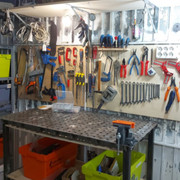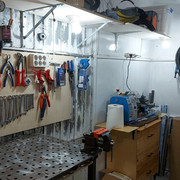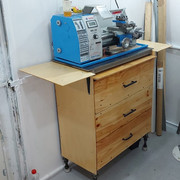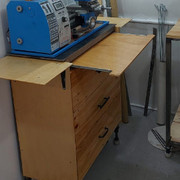- Joined
- Apr 8, 2021
- Messages
- 138
Hello.
I´m going to buy a 4 jaw independet chuck. My lathe has a 3 jaw universal chuck of 100mm. A K11-100. I´m not sure what type of 4 jaw chuck buy because looking up for it I see there are difFerent types of spindle. I see a DIN 6350 and the measurements of the holes for the screws of my spindle are not the same, or I thinks so.
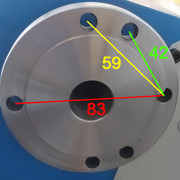
So, I think I need a K72-100, but before buying it, I prefer to ask. because the other option is a DIN 6350.
What do you think?
Thank you
Best regards
I´m going to buy a 4 jaw independet chuck. My lathe has a 3 jaw universal chuck of 100mm. A K11-100. I´m not sure what type of 4 jaw chuck buy because looking up for it I see there are difFerent types of spindle. I see a DIN 6350 and the measurements of the holes for the screws of my spindle are not the same, or I thinks so.

So, I think I need a K72-100, but before buying it, I prefer to ask. because the other option is a DIN 6350.
What do you think?
Thank you
Best regards



